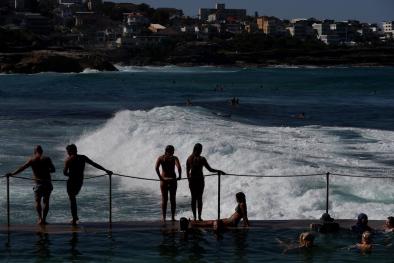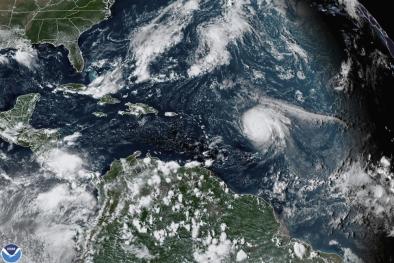Science Source
Temperature Decouples Ammonium and Nitrite Oxidation in Coastal Waters
- Defines nitrification as a two-step process linking the reduced and oxidized sides of the nitrogen cycle; these steps are typically tightly coupled with the primary intermediate, nitrite, rarely accumulating in coastal environments
- Experiments examining the response to temperature shifts of a nitrifying assemblage composed of the same organisms found in the field indicate that ammonia- and nitrite-oxidation become uncoupled between 20 and 30 °C, leading to nitrite accumulation
- This suggests that nitrite peaks in coastal waters might be explained by differences in the responses of ammonia- and nitrite-oxidizers to increased summer temperatures
- Analyzes field data from 270 stations in 29 temperate and subtropical estuaries and lagoons
- Shows that transient accumulation of nitrite is driven primarily by water temperatures, rather than by hypoxia
- Concludes that increased climate variability and warming coastal waters may therefore increase the frequency of these nitrite peaks, with potential ecosystem consequences that include increased N2O production, NO2– toxicity, and shifts in phytoplankton community composition
Related Content
Science Source
| Science of The Total Environment
A quantitative analysis of marine heatwaves in response to rising sea surface temperature
Headline

Mar 22, 2023 | Washington Post
Earth’s oceans are showing early and surprising record warming
Headline

May 25, 2022 | Climate Nexus Hot News
NOAA Forecast Busier Than Average Atlantic Hurricane Season For 7th Year In A Row
Science Source
| Advances in Atmospheric Sciences
Another Record: Ocean Warming Continues through 2021 despite La Niña Conditions
Lijing Cheng, John Abraham, Kevin E. Trenberth et al


